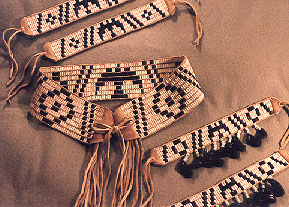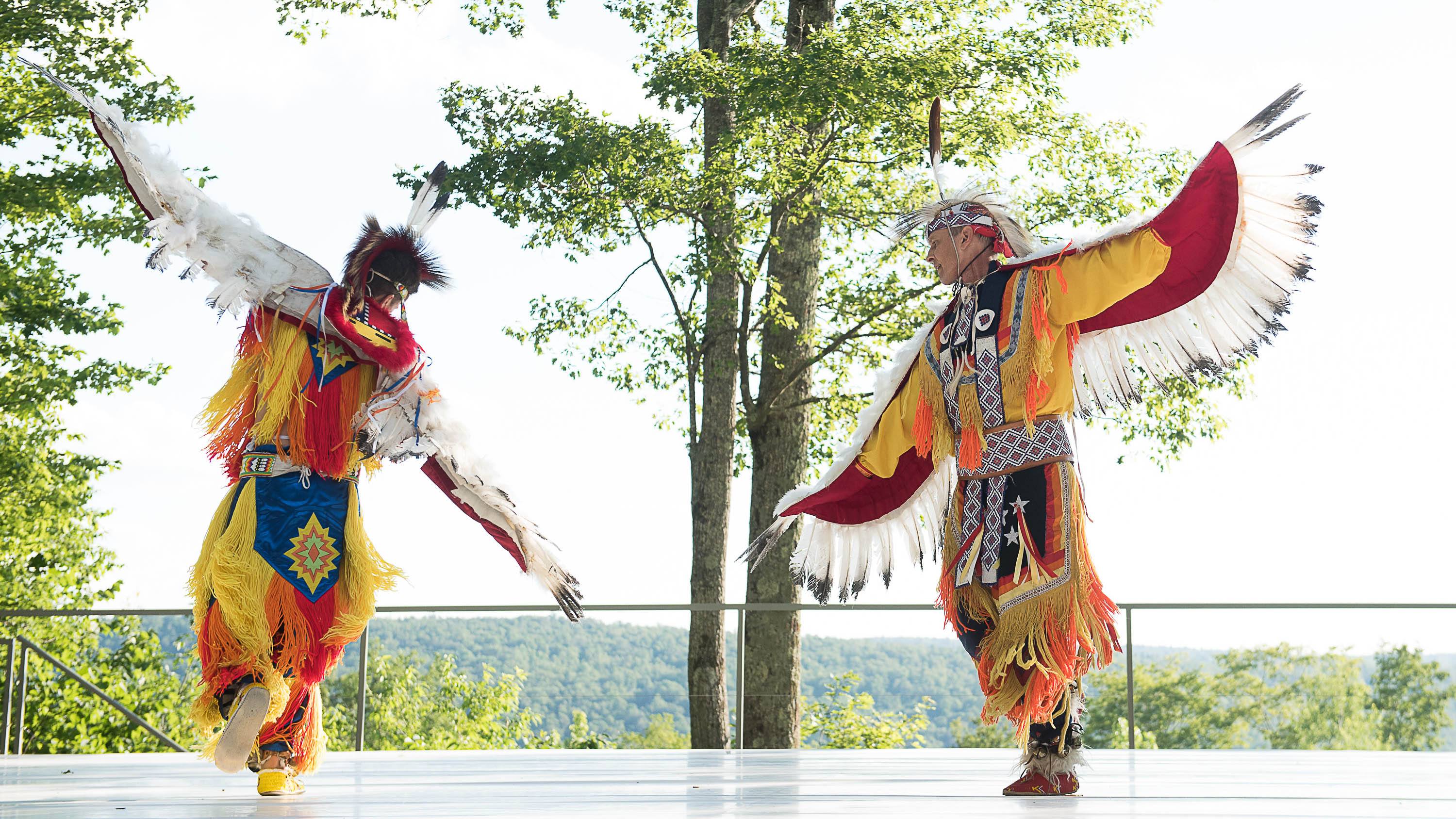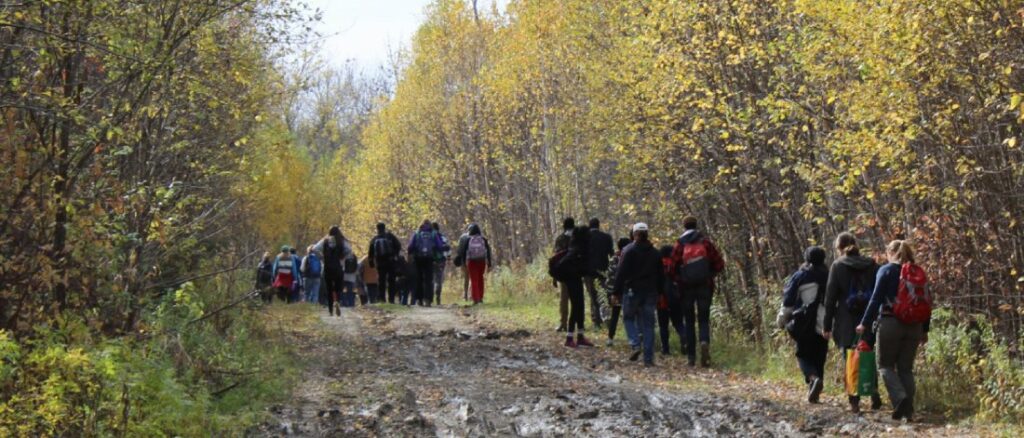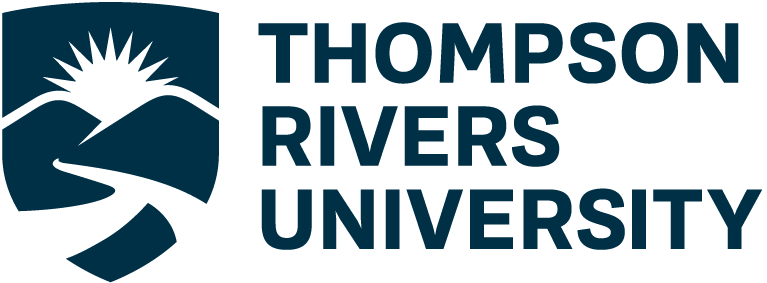Indigenous Research Methodologies
Have you ever wondered what types of research methodologies are used within Indigenous research, and how they can be applied practically to a research study? If so, you’re in the right place!
This is in no way a comprehensive list of all methodologies, but is meant to provide insight into the most frequently seen methods in mainstream research today, and provide examples as to how others have engaged with them along their own research journey so that students may feel more comfortable in potentially incorporating them into their own research at some point.

Storytelling
Judy Iseke (2013) states that “Story is a practice in Indigenous cultures that sustains communities, validates experiences and epistemologies, expresses experiences of Indigenous peoples, and nurtures relationships and the sharing of knowledge. Storytelling is also a central focus of Indigenous epistemologies, pedagogies, and research approaches”
Using story as a research method is similar to the western research tool of narrative inquiry in some ways, but it allows the research to become a dialogue including the researcher that honors a journey of discovery and the process of meaning construction. Unlike the analytical elements of narrative inquiry, working through story compels the storytellers to make meaning of the stories told, rather than just listening to them and classifying them into data.
There is no one way to incorporate storytelling into research, and this method can be used alongside other research methodologies. Storytelling is frequently implemented alongside presenting data findings to help make meaning of them, but can also be used to collect data through informal interviews that rely on the stories of participants. This methodology has the potential, if done in a culturally appropriate way, to build a bridge between Indigenous methodologies and Western methodologies. Not only does it deconstruct and rebuild what research means, but it also works to build trust between researcher and participants through mutual sharing and collaborative meaning making.
Storywork

The term Storywork was coined by Q’um Q’um Xiiem (Jo-ann Archibald) who is an Indigenous studies scholar from the Sto:lo First Nation in British Columbia, Canada. This multifaceted framework has seven key principles for engaging with Indigenous traditional cultural and life experience stories to be used in education, curriculum and for research.
These principles are:
- Respect
- Responsibility
- Reverence
- Reciprocity
- Holism
- Interrelatedness
- Synergy
Just like storytelling, working through storywork provides a reflective process for researchers to encourage self-discovery. Storywork most frequently utilizes traditional cultural stories alongside personal experiences to make meaning out of an event or phenomena. Indigenous oral narratives are an important and rich source of knowledge systems that provide direct clarity into the worldview and belief systems of a community, and their use within research assures that these practices are taken seriously within current education systems.
These cultural guidelines that exist within traditional stories provide multiple tools for learning and educating others that are valuable within multiple fields of learning such as education, sociology, anthropology, environmental science and politics.
Physically Embodied Research
To distinguish embodied research from other kinds of research methods, lets think for a moment about the place of the body in research. This method recognizes that we learn first through our bodies, so incorporating physical movements into learning and using the body can show knowledge that may otherwise never be heard.
There are many ways that the body can be incorporated into learning, some examples from recent research involve:
- Wampum Beading

Tanaka’s (2009) study titled “Transforming perspectives: the immersion of student teachers in indigenous ways of knowing” looks at the insight gained through the reflexive work of textile weaving as knowledge creation. This unique course was taught by several Indigenous elders and allowed for cross-cultural learning to form as the experience deepened the participants understanding of how the physical fibers were central to knowledge creation within this tribes’ beliefs
- Hand Drumming
Within this study titled “The Drum is Your Document: Decolonizing Research Through Anishinabe Song and Story“, the Anishinabekwe practice of hand drumming as knowledge creation is studied as a practice that draws on performance to show rather than tell (Pedri-Spade, 2016). By using drum rather than written word, these knowledge keepers are creating knowledge while also asking the audience to bare witness (Pedri-Space, 2016).
- Dance and Drama

Ritenburg et al’s 2014 study titled “Embodying Decolonization: Methodologies and Indigenization” discussed how centering the body in the process of decolonization and indigenization was an affirmation of bodily wisdom. This embodied process was found to be a critical component of Indigenous teaching and learning.
- Peace Circles
This study titled “Classroom peace circles: Teachers’ professional learning and implementation of restorative dialogue” focuses on the implementation of restorative practices meant to physically support students ability to participate and facilitate dialogue. Through the implementation of peace circles within the classroom, teachers are able to assist students in developing relationships and skills for conflict resolution.
There are multiple other ways in which physically embodied research can take place, but the central component is also assuring use of the body alongside knowledge creation or expression.
Community Based Participatory Research
CBPR (Community Based Participatory Research) is regarded as one of the most important approaches within Indigenous research, as this method prioritizes the needs of the community and assures research is done based on specific Indigenous cultural principles. Other forms of this approach are those labeled as participatory action research, community based research, participatory evaluation and collaborative inquiry.
Common principles that are prioritized in CBPR include these discussed by Drawnson et al, 2017.
- Recognizes community as a unity of identity
- Builds on strengths of the community by utilizing community resources
- Facilitates collaborative partnerships in all phases
- Integrates knowledge and action
- Promotes co-learning and empowerment that attends to all social inequalities
- Involves a cyclical and iterative process
- Addresses health from ecological perspectives
- Distributes findings and knowledge to all partners
This research method is often used alongside other Indigenous methods, as both a framework and an approach to the research task. The biggest goal of CBPR is to create equity within the partnerships between researchers and the community, and this is done by prioritizing the needs of those directly affected by the area of interest.
Land Based Learning

The land is an instrumental part of all aspects of Indigenous life, including psychical health and overall well-being. When discussing land-based learning many people think of taking the classroom outside into nature, but that is only one small component as to what land-based learning can be that doesn’t encompass the understanding of how knowledge connects to and comes from the land.
Land-based learning brings together many multi-layered concepts and can be significantly beneficial to Indigenous and non-Indigenous people alike by creating opportunities for culturally relevant education, intergenerational knowledge transfer, environmental accountability and changing the relationship people have with the land.
Taking into account the land as an entity that affects peoples lived experiences involves a fundamental shift in relating to the land. Within multiple Indigenous cultures, it is recognized that how we engage with all aspects of the land affects humans deeply. This is heavily contrasted to the World Health Organizations view of public health which builds on a population approach and neglects the elements that surround humans as necessary for a healthy life. Indigenous approaches utilizing land-based knowledge recognize the inter-connection between all human life and nature, and engaging with the land
Research focuses utilizing land-literacy can be utilized in multiple approaches, such as science and public health, environmental science, food security, human rights, languages and the social sciences.

